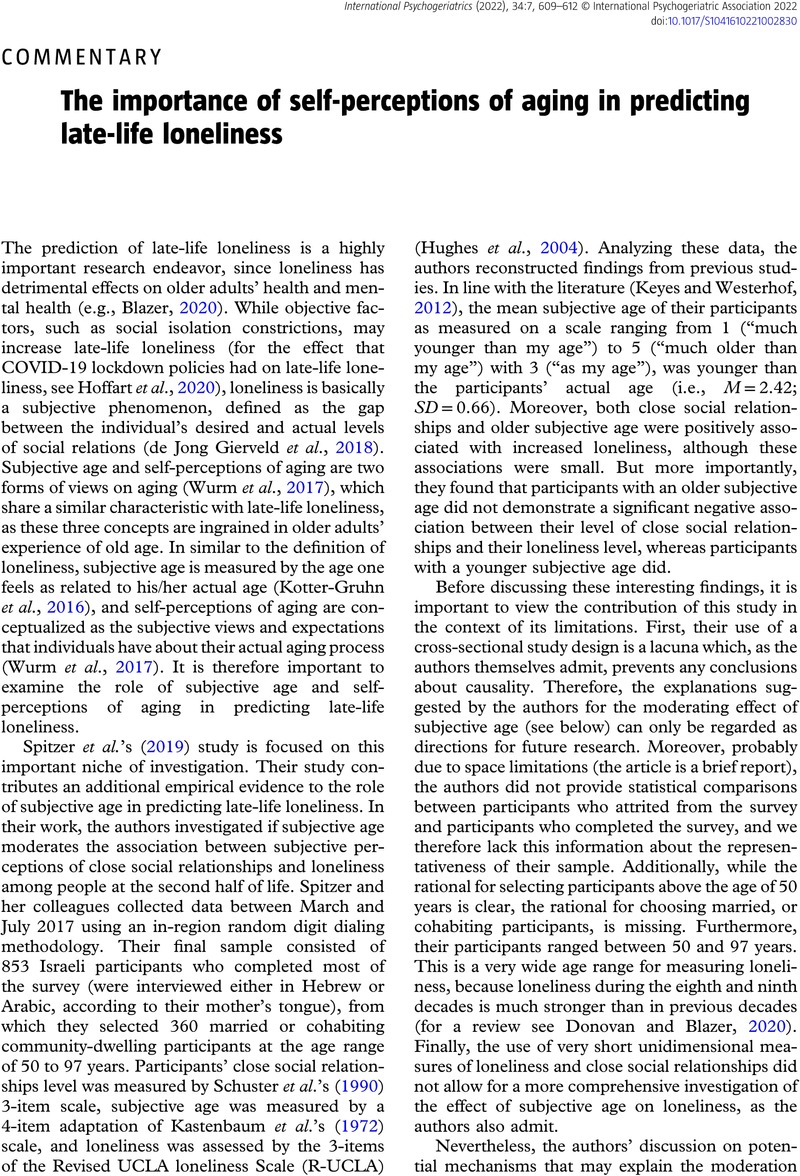Crossref Citations
This article has been cited by the following publications. This list is generated based on data provided by Crossref.
Sabatini, Serena
Turner, Shelbie
Brooker, Helen
Ballard, Clive
Corbett, Anne
and
Hampshire, Adam
2023.
Physical and mental health conditions account for variability in awareness of age-related changes.
Frontiers in Psychiatry,
Vol. 14,
Issue. ,





